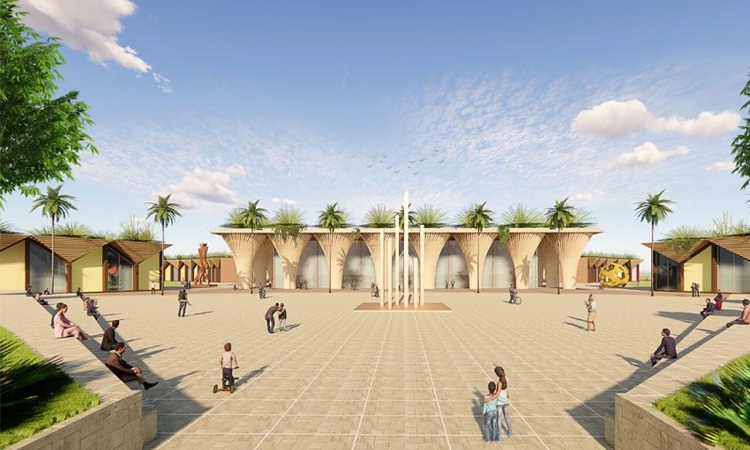In northwestern Ecuador, an entire village will soon be built with a material made from the shells of cocoa beans. The construction of this atypical zero waste village incorporates 3D printing. The project is therefore intended to be sustainable from an environmental, economic and social point of view.
Natural products and waste reduction
A chocolate manufacturer and an architecture firm are currently collaborating on a very unique project: the Cacao Eco Village. As its name suggests, this project involves the construction of an eco-village based on cocoa, as explained by the studio Valentino Gareri Atelier in a publication. The village, whose construction will begin in 2022, will be in Pedernales, a seaside resort in the northwest of the country.
Ecuador-based chocolate maker MUZE Cacao will supply its factory waste (namely cocoa bean shells) resulting from the chocolate production process in order to make maximum use of the fruit. You should know that currently, cocoa waste is around 80%. According to MUZE Cacao, it is about highly traceable products that will reduce waste (especially on construction sites) and offset the carbon footprint. Other natural materials from local production will integrate the construction, such as wood or bamboo.
The project also has a social dimension as the project will support farmers and their families who are unfortunately plagued by poverty.
A kind of Silicon Valley circular economy
In terms of design, Valentino Gareri Atelier tried to integrate sustainability at different levels. First, cocoa bean shells will be transformed into bioplastic, a material that will be used in 3D printing. In addition, the shape of the buildings will be inspired by Ecuadorian houses and will facilitate the collection of rainwater and natural ventilation. Each building will benefit from a rainwater collection system which will be integrated at the roof level.
The Cocoa Eco Village project will embody a complex housing housing, but also a cocoa processing factory, a chocolate factory, an education and research center, as well as coliving and coworking spaces. Valentino Gareri Atelier indicates that this village will become a kind of Silicon Valley of circular economy innovators.
In addition, the village will also be distinguished by its modularity in order to allow adaptation to future needs as well as by its reproducibility. The architects thus fuel the idea of a network of interconnected and integrated eco-villages in a circular economy.

Email: ben@satprwire.com Phone: +44 20 4732 1985
Ben has been listening to the technology news for quite some time that he needs just a single read to get an idea surrounding the topic. Ben is our go-to choice for in-depth reviews as well as the normal articles we cover on a normal basis.



